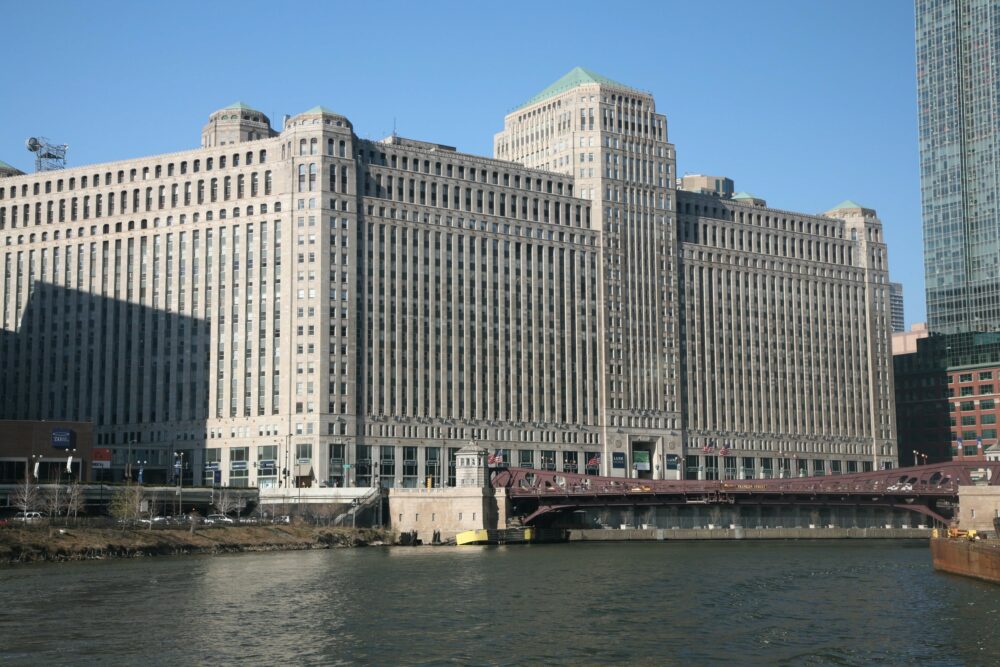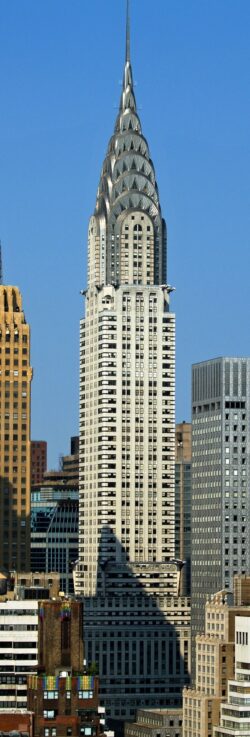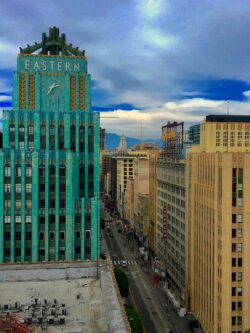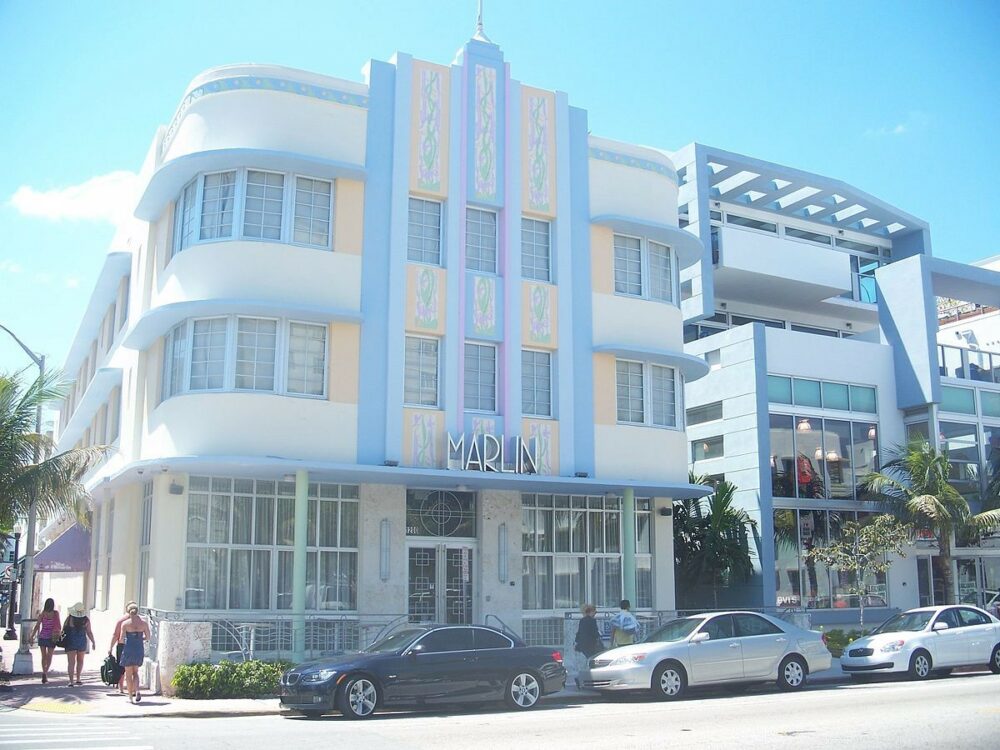Art Deco – an Ode to Urban Glamour
The Jazz Age style is an elegant and retro look that a liberty-urbanist can appreciate
What is the most quintessentially “urban” design style? There are plenty of choices, and someone’s answer will depend on their aesthetic preferences, go-to cities, or the historical period that most interests them. For me it’s the arts décoratifs movement that originated from France and spread to the U.S. in the 1920s—popularly known as Art Deco, or simply as Deco.
Art Deco mirrored the era’s modernism but was far less minimalist and willing to wipe out the styles of supposedly “pre-modern” cultures. Instead, it used bold colors and geometric forms, attempting to create an international decorative vocabulary. As architecture scholar, Jackie Craven wrote in ThoughtCo., “Art Deco combines the austere shapes of Bauhaus architecture and the streamlined styling of modern technology with patterns and icons from the Far East, ancient Greece and Rome, Africa, India, and Mayan and Aztec cultures. Most of all, Art Deco draws inspiration from the art and architecture of ancient Egypt.”
Art Deco was a fitting architecture style for America’s Jazz Age. It combined old-school European glamour with a belief in technological progress—two ideas that interested many Americans at the time. Although it had been practiced for decades prior, Deco gained fame during a 1925 exposition in Paris and continued as a commonly-built style through the 1930s and early 1940s in the U.S., China, Brazil, New Zealand, and elsewhere.
One dividing line in American Art Deco history is pre-Great Depression when buildings were gaudy and colorful to reflect the exuberance of the Roaring Twenties; and post-Depression, when they were more subdued. This divide can also be seen by the city.
Art Deco buildings in establishment northern cities like New York, Chicago, and Washington, D.C. tend to have more standard color arrangements and old-world elegance. Chicago’s Merchandise Mart is a steel-frame structure clad in limestone, terra cotta, and bronze, and is a standout even for the architecture-rich Chicago River.

D.C.’s portfolio includes the Uptown Theater, Folger Shakespeare Library, and the old Hecht Warehouse. New York City’s portfolio includes the Empire State Building, Bryant Park Hotel, and Radio City Music Hall.

Perhaps the world’s most famous Art Deco structure—and one of the nicest buildings in America period—is the Chrysler Building. Designed in 1930 by William Van Alen as the world’s tallest building, the exterior is known for its decorative stainless-steel crown and spire, and the lobby for its dim lighting and red marble walls.
Meanwhile, in newer cities of the West Coast and Sunbelt (Los Angeles, Oakland, Miami, etc.), examples of Art Deco have more color and playfulness. The Eastern Columbia Building in downtown Los Angeles is known for its turquoise terracotta and its clock tower.

Several blocks away, L.A.’s gleaming white city hall also stands as one of the finest monuments to American Art Deco.
Miami Beach is the best-known city for Art Deco, with a historic architectural district that features hundreds of such buildings. Many of them have light pastel colors and stucco masonry, to reflect the area’s Spanish and Caribbean roots. Some buildings there are Streamline Moderne, a later stage of Art Deco that’s more industrial and less detail-oriented. This subgenre is particularly a feature of Miami Beach’s old boutique hotels.

Art Deco is not exclusive to buildings. It inspired a lot of transport infrastructure, including trains and automobiles (check out the old Greyhound buses and stations from that era). There was also furniture, sculpting, paintings, and graphic design, with the style featured in well-known art of the day, like Metropolis or The Great Gatsby.
To me Art Deco is a quintessentially urban design style because of the characteristics described above: it celebrates technological progress, merges different global styles, has color and personality, and above all, shows a glamorous version of the city life.
It’s also thought, for these reasons, to be somewhat of a libertarian style. Ayn Rand’s novel The Fountainhead was about an architect who enjoyed designing technologically-advanced but attractive buildings. All throughout, he battles with statists and Luddites who don’t want the profession to evolve. Although the character was thought to be based on Frank Lloyd Wright—a modernist—the design materials for the book and movie were Deco.
There’s even a popular meme out now that links different political ideologies to their likeliest architecture styles. Conservatives are lumped with Victorian and Classical architecture; leftists with Brutalism and Stalinism; centrists with modernism; and libertarians with Art Deco. It’s a good design movement to be associated with, given what it represents—and the beautiful buildings it has produced.
Catalyst articles by Scott Beyer | Full Biography and Publications
